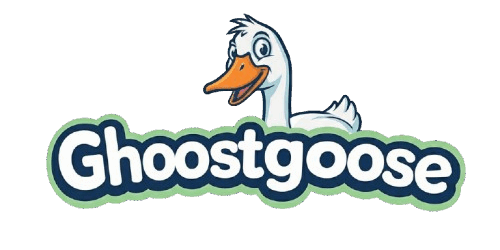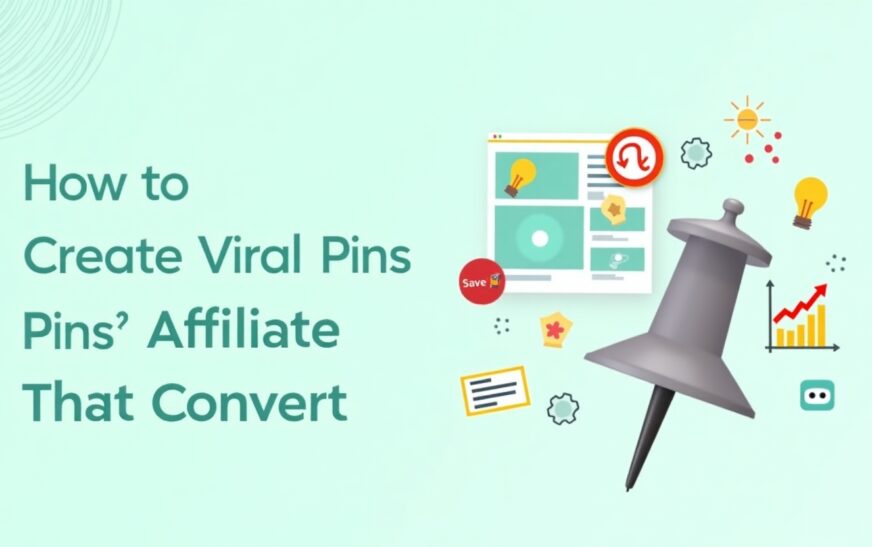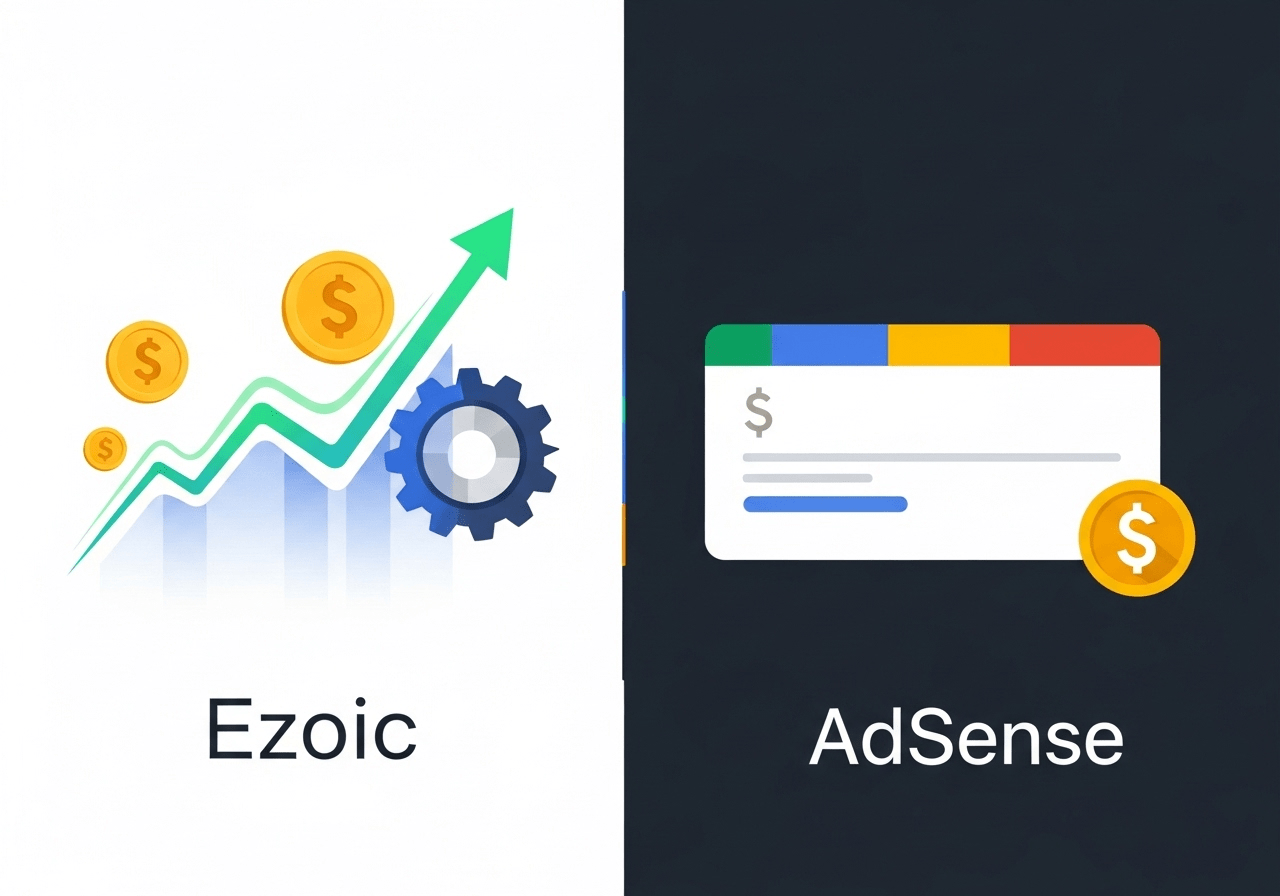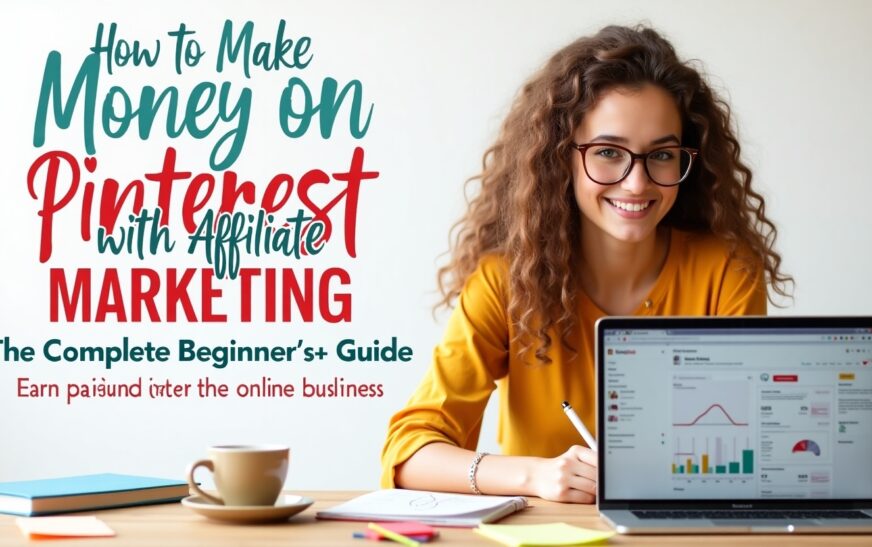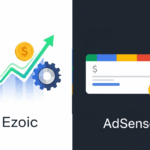Pinterest Affiliate Marketing gives you the power to reach millions and generate income through engaging and shareable content with the right visuals.
Unlocking the Viral Code: Why Pinterest Is the Ideal Platform for Affiliate Sales
With over 518 million monthly active users as of 2025 (Statista), Pinterest has transformed from a digital mood board to a visual search engine where people actively plan purchases. Unlike Instagram or TikTok, where content has a short lifespan, pins can continue to drive traffic for months—even years—making Pinterest an exceptional platform for affiliate marketing.
What sets Pinterest apart?
- It’s intent-driven: users often arrive with the goal of buying, learning, or saving.
- Pins are searchable: content gets found via keywords, not just followers.
- It allows direct links: you can connect your pins to affiliate products, landing pages, or blog posts.
This combination of long-lasting visibility and purchase-ready users makes Pinterest a strategic goldmine.
Design That Delivers: Anatomy of a Viral, High-Converting Pin
You don’t need to be a graphic designer to make viral pins—but you do need to follow a formula. According to HubSpot, the best-performing pins have a vertical format (2:3 ratio), bold typography, and high-contrast color schemes (Source: HubSpot Blog, 2024).
Elements of a Successful Pin
| Element | Description |
|---|---|
| Image Quality | Use bright, high-resolution images (1000×1500 px is optimal) |
| Text Overlay | Include 3-6 words that explain the pin’s value (e.g., “Save Money Fast”) |
| Brand Identity | Use consistent fonts and colors to build trust |
| CTA (Call-to-Action) | Add subtle directives like “Click to Learn More” or “Shop Now” |
Tools to Use
- Canva: For easy, customizable pin templates
- Tailwind Create: For bulk pin creation and scheduling
- Adobe Express: For unique pin animations (great for Idea Pins)
Pinterest Affiliate Marketing Success Starts with Strategy
You can’t expect to go viral by simply uploading pins. You need a roadmap that includes research, planning, and repetition. Here are actionable strategies that can significantly boost your results:
1. Choose a Profitable Niche
Niches like home decor, personal finance, DIY crafts, and beauty tend to perform well on Pinterest. These are areas where people are actively seeking inspiration and solutions.
2. Join Relevant Affiliate Programs
Some top-performing programs for Pinterest users include:
- ShareASale: Great for lifestyle and home-related products
- CJ Affiliate: Wide variety of merchant options
- Amazon Associates: Easy to join, but make sure you disclose affiliate relationships properly
Make sure your program allows direct linking on Pinterest. Some, like Amazon, have strict policies about how links are used.
3. Use Keyword Research to Plan Content
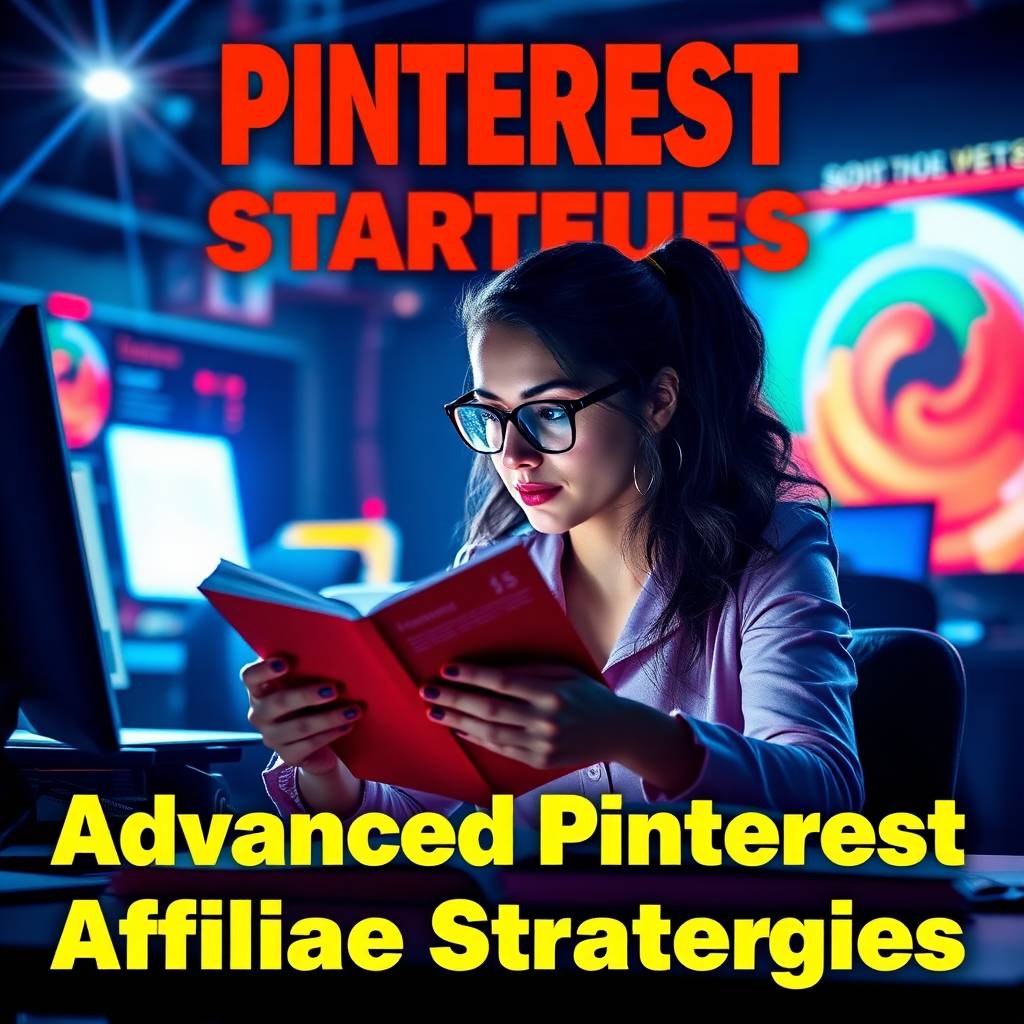
Pinterest has its own search bar. Start typing your topic and watch the autocomplete suggestions. These are high-traffic keyword phrases users are already looking for. For example, type “budget decor” and note suggestions like:
- budget decor ideas
- budget-friendly home upgrades
- budget decor for small apartments
Use these in your pin descriptions, board titles, and even filenames.
4. Schedule Pins Consistently
The Pinterest algorithm favors consistency. Use tools like Tailwind to schedule 5–10 pins per day. According to Social Media Examiner, consistent posting improves engagement rates by up to 78% over sporadic publishing (Source: Social Media Examiner, 2023).
What Makes a Pin “Go Viral” on Pinterest?
A viral pin typically has four key components:
- Emotional Hook: Triggers curiosity or desire (e.g., “Before You Buy Another Skincare Product, Read This”)
- Shareable Value: Offers practical help, savings, or inspiration
- Niche Targeting: Speaks directly to a specific audience
- Strong Design: Clean, mobile-optimized visuals that stand out in the feed
Let’s say you’re promoting a $29 digital planner. A viral-worthy pin might look like:
Text: “The $29 Digital Planner That Saved My Sanity”
Description: “Struggling with time management? This budget-friendly tool changed my routine in 7 days. #planneraddict #affiliatelink”
Testing & Tweaking: The Formula to Amplify Conversions
Even the best designs can flop if you’re not optimizing. Pinterest Affiliate Marketing works best when you’re constantly analyzing and adjusting.
Metrics to Track
| Metric | What It Shows |
| Impressions | How many people saw your pin |
| Saves | Indicates content value or relevance |
| Click-Through Rate (CTR) | Measures how effective your CTA and design are |
| Affiliate Clicks | Tracked in your affiliate dashboard |
| Conversions | Final sales or leads generated |
A/B Test Ideas
- Pin text variations
- Image style (photo vs. illustration)
- CTA placement
- Color palette
Test one change at a time so you can pinpoint what impacts performance.
Examples of Real Users Monetizing Pinterest Affiliate Marketing
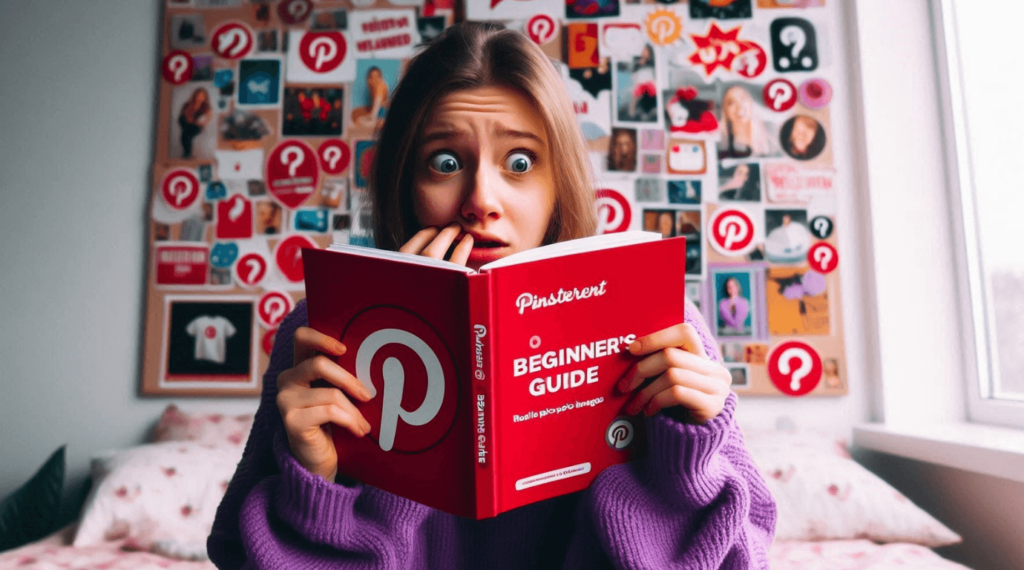
To make these strategies tangible, here are a few examples:
Case 1: Sarah, a Craft Blogger
Sarah creates affiliate pins linking to beginner DIY craft kits. Her most successful pin titled “5 Crafts That Cost Less Than $10 to Start” reached 120,000 views in 3 weeks.
Case 2: Mike, a Tech Enthusiast
Mike used Pinterest to promote budget earbuds through an affiliate program. He created comparison pins like “Top 3 Earbuds Under $50” and saw a 7% conversion rate.
List: Top 7 Do’s and Don’ts for Creating Viral Affiliate Pins
Do:
- Use keywords in every pin title and description
- Brand your pins with consistent fonts/colors
- Offer clear value: list, tip, product, or idea
- Pin to relevant boards with niche focus
- Track what works and repeat that formula
- Include subtle but effective CTAs
- Keep designs mobile-first
Don’t:
- Use pixelated or generic images
- Forget to disclose affiliate links
- Spam the same pin repeatedly to every board
- Skip keyword research
- Expect instant results without optimization
Board Strategy: Organizing Content for Better Discovery
Pinterest boards act like folders, but they also signal relevance to the algorithm. Here’s how to organize them:
- Create niche-specific boards like “Minimalist Home Office Ideas” or “Self-Care Tools”
- Use keyword-rich board titles and descriptions
- Add at least 15–20 pins per board to show activity
- Pin not just your content, but also relevant pins from others to keep boards active
Engage with your followers by asking them to comment their favorites or share their results. More activity boosts board rankings.
Creating Idea Pins That Support Affiliate Goals
Idea Pins (formerly Story Pins) are multi-page content formats that are favored by Pinterest’s algorithm. While you can’t add direct affiliate links to them, you can:
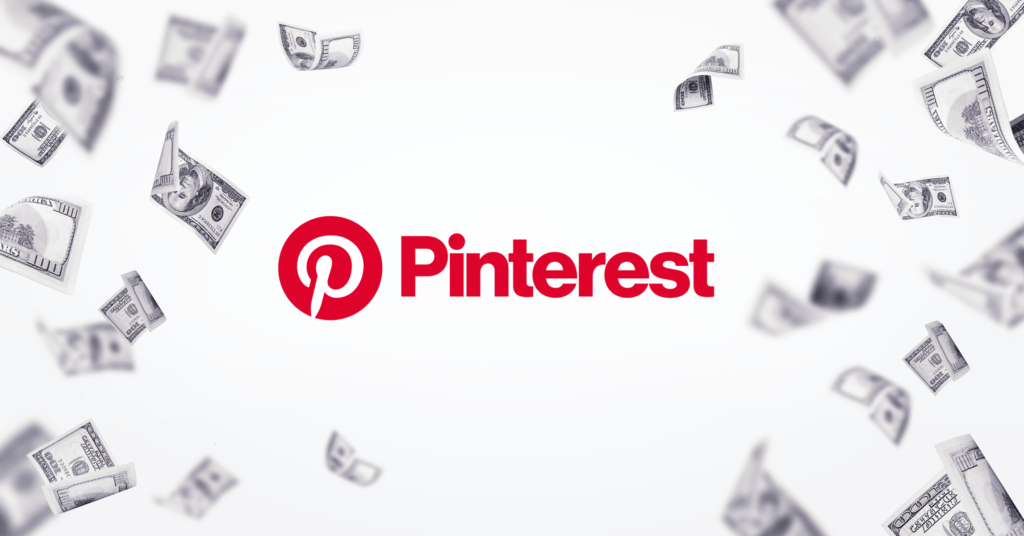
- Tease a tutorial or review in the Idea Pin
- Mention the product name clearly
- Drive users to a link in your profile or blog
For example, a skincare Idea Pin might be titled:
“3 Steps to My Glow-Up Routine (My Favorite Tool Is Step #2!)”
On the last slide, you can add: “Full product links in my profile 💬”
Table: Best Days & Times to Post on Pinterest
| Day of Week | Best Time to Pin | Why It Works |
| Monday | 8 PM – 11 PM | Start of week planning, high mobile usage |
| Wednesday | 2 PM – 4 PM | Mid-week slump = more browsing |
| Saturday | 9 AM – 11 AM | Weekend planning time |
| Sunday | 6 PM – 9 PM | Pre-week prep |
*Note: Use Tailwind or Pinterest Trends to refine timing for your niche.
Encourage Engagement to Fuel the Algorithm
Pinterest favors engagement in the form of saves, clicks, and comments. Ask users to:
- Save the pin for later
- Comment which product or tip they loved most
- Share your pin with a friend
Adding this CTA at the end of your pin description can make a difference:
“💬 Have you tried any of these? Tell me your favorite in the comments!”
Final Thoughts: Build Smart, Pin Smart, Profit Long-Term
Pinterest Affiliate Marketing is a scalable, visual-first way to drive affiliate sales that last far longer than traditional social content. With a focus on niche targeting, optimized pin design, and performance tracking, you can increase reach and revenue with less effort over time. Create pins that provide real value, test what resonates, and keep your strategy evolving. Viral success is part science, part creativity—but always rooted in delivering value that meets search intent.
Frequently Asked Questions (FAQ)
What is Pinterest Affiliate Marketing?
Pinterest Affiliate Marketing is a monetization method where users create visually appealing pins that link directly to affiliate products. When a user clicks and makes a purchase, the creator earns a commission.
Do I need a blog to start Pinterest Affiliate Marketing?
No, having a blog is not mandatory. You can directly use affiliate links or tools like Linktree to promote products. However, a blog can increase your authority and conversion rates.
How often should I post pins for best results?
For consistent growth, aim to post between 5–10 pins per day. Use scheduling tools like Tailwind to maintain frequency and analyze performance.
What types of pins convert best on Pinterest?
Pins that offer a solution, tell a story, or present a clear benefit tend to perform best. Use vertical formats, text overlays, and bold calls-to-action to boost engagement and conversions.
Are there any rules or disclosures for affiliate links on Pinterest?
Yes. Always disclose your affiliate relationship in the pin description using tags like #affiliate or by stating it clearly (e.g., “This post contains affiliate links”).
